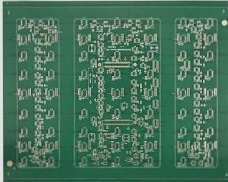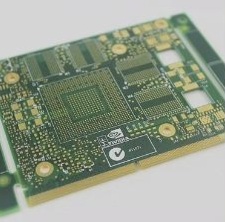The Importance of Pre-Baking in Flexible PCB Assembly
Before assembling a flexible printed circuit board (PCB), it is crucial to undergo the pre-bake process as outlined in industry standards like IPC-2232 and IPC-FA-251. This step is especially vital for designs using polyimide materials, as they have a hygroscopic nature.
Why Pre-Baking is Necessary
Pre-baking is essential because polyimide materials, commonly used in flexible circuit designs, have the ability to absorb moisture. This moisture absorption can lead to issues during the assembly reflow process, such as delamination between layers. To prevent such problems, pre-baking the PCB components ensures they are completely moisture-free before assembly.
Pre-Baking Process
- Temperature: 120°C
- Duration: 2-10 hours (depending on part design)
- Factors Affecting Time: Number of layers, ribs, structural elements
Common PCB Manufacturing Issue: Electroplating Voids
Plated through holes (PTHs) are crucial in multi-layer PCB designs for interconnections between layers. During the electroplating process, issues like plating gaps can arise, affecting the hole wall’s integrity and potentially causing PCB failure.
Deposition Problems
Issues during the copper deposition process can result in incomplete or uneven coatings along the hole wall, hindering proper electrical flow. Ensuring a smooth and uniform copper layer is crucial for the functionality of the PCB.

Preventing Gaps in Copper Plating During PCB Manufacturing
When depositing copper onto a PCB, it is crucial to prevent non-uniform coating that can lead to gaps in the plating. These gaps are often caused by contamination, air bubbles, or rough drilling, resulting in uneven surfaces on the hole walls.
Causes of Plating Voids
- Contamination during the deposition process
- Air bubbles trapped on the hole’s surface
- Rough drilling creating uneven surfaces
Preventive Measures
To avoid plating voids, follow these guidelines:
- Adhere to manufacturer’s recommendations on drill bit sizes, feed rates, and speeds
- Use drill bits with an appropriate rate of penetration to avoid rough surfaces
- Correct drill bit contamination during the cleaning process
If you encounter any issues or require assistance with PCB manufacturing, feel free to contact me.




